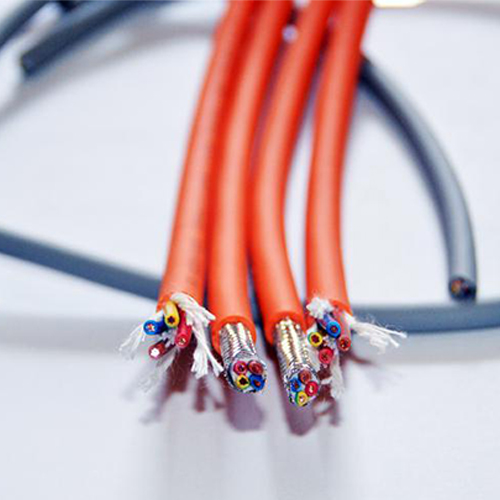The Latest Advances in Thermal Extraction Devices: Unlocking the Potential of Thermal Energy Harvesting
Preface
Thermal extraction devices have recently seen a dramatic rise in popularity as the technology has become more efficient and cost-effective. Thermal extraction is extracting volatile compounds from a sample material, such as food or spices, by heating it and then condensing the vaporized components. This process is used in several industries, including food, pharmaceutical, and cosmetics.
Extraction devices quickly and accurately capture the desired volatile compounds from sample material. The process involves heating the sample material in a sealed chamber, allowing the volatile compounds to become vaporized. This vapor is then condensed and collected, ready for further processing or analysis.
Advantages and uses
The main advantage of thermal extraction devices is that they are very efficient, allowing for rapid and accurate extraction of volatile compounds. In addition, they are relatively inexpensive and easy to use, making them ideal for use in various industries.
Thermal extraction devices have a wide range of applications in the food industry. They are commonly used to extract flavorings and fragrances from food and spices and essential oils from fruits and vegetables. The removed material can then be used to create food flavorings and fragrances or enhance finished food products’ flavor and aroma.
Thermal extraction devices are also used in the pharmaceutical industry, where they are used to isolate and purify active pharmaceutical ingredients (APIs). In this process, volatile compounds are extracted from the sample material and filtered to create a high-quality API. This process can complete several APIs, such as antibiotics, antivirals, and antifungals.
Thermal extraction devices are also used in the cosmetic industry, where they are used to extract essential oils and other compounds from plants. These extracted compounds are then used to produce various products, such as facial creams, moisturizers, and cosmetics.
Thermal extraction devices are also used in the laboratory, where they are used to analyze samples of volatile compounds. These devices are exact and can detect even the most minor volatile compounds, making them ideal for research and development.
Conclusion
Overall, thermal extraction devices have become increasingly popular due to their efficiency, accuracy, and cost-effectiveness. They are used in various industries, from food production to pharmaceuticals and cosmetics, and have a wide range of applications. They are a reliable and cost-effective way to extract volatile compounds from a sample material and can be used in laboratory and industrial settings.























